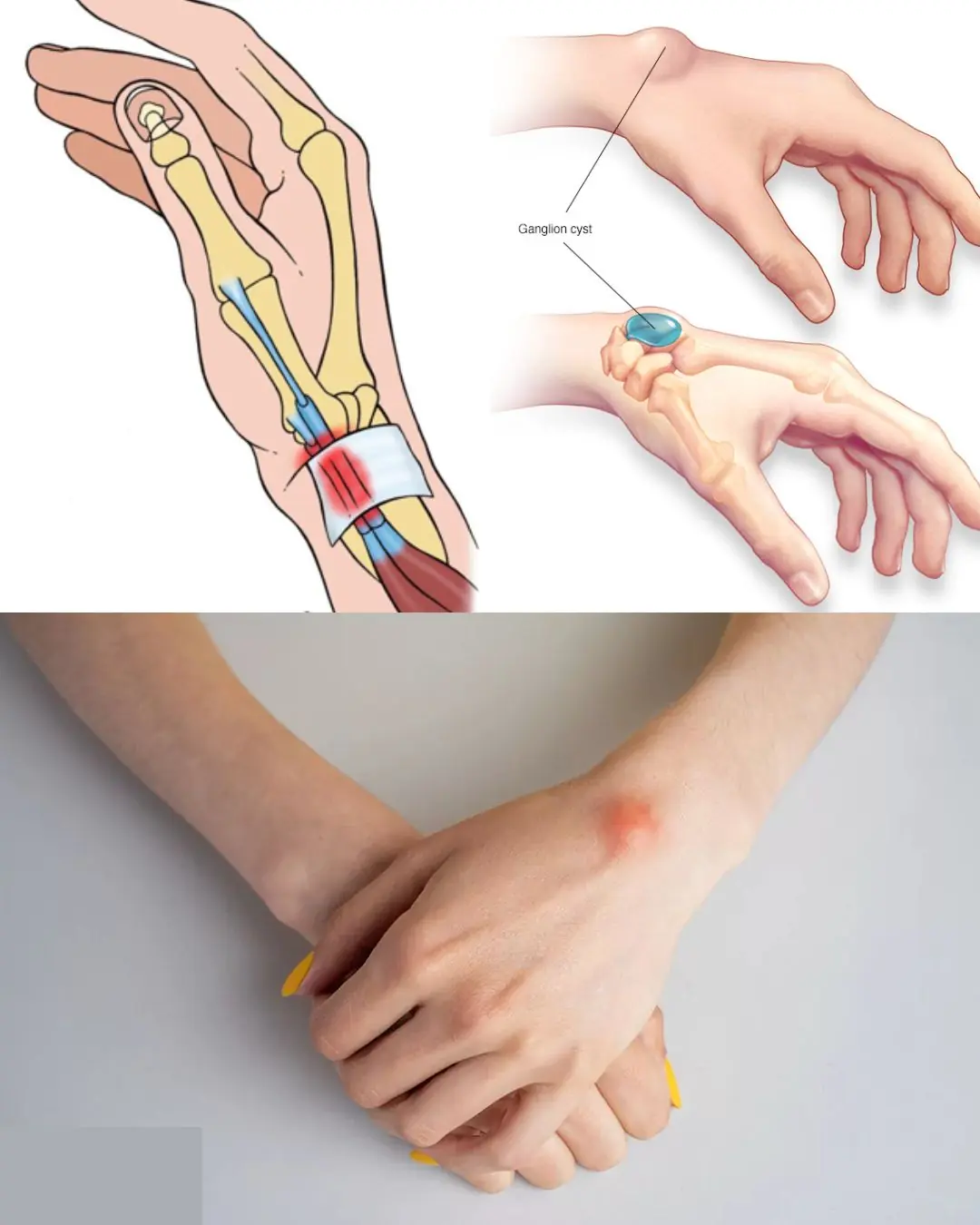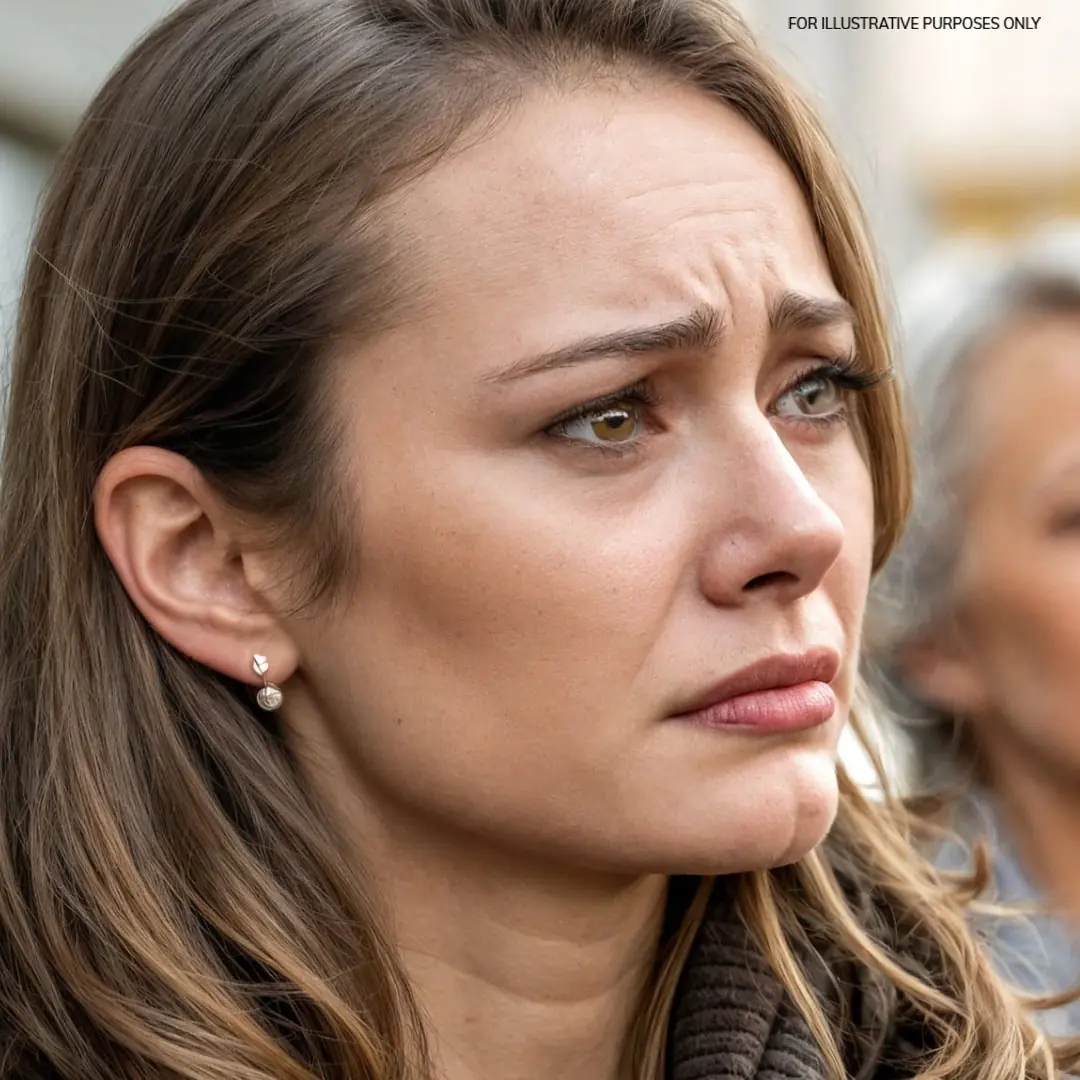Something happened on a routine Tuesday morning commute that would spark a cultural firestorm. A woman pulled out her phone on London’s Central line, hit record, and captured a scene that millions would soon dissect, debate, and divide over. Within days, her 15-second clip had ignited a battle of the sexes that spread across every central social platform, leaving both men and women questioning decades of social etiquette.
What started as one person’s observation about tube seating has morphed into something much bigger – a raw examination of modern manners, gender expectations, and what we owe each other in shared public spaces.
When a Simple Tube Ride Becomes Internet Drama

@annibaxter knew she had captured something significant when she filmed her journey on the Central line. Her TikTok video shows a stark visual divide: an entire row of men occupying seats while women stand in the aisle, gripping poles for balance. She adds Lorde’s “Man of the Year” as the soundtrack – a sarcastic musical choice that amplifies her message without needing words.
The clip has racked up over 1.4 million likes, despite the creator disabling comments on the original post. However, social media found other ways to respond, and the conversation quickly exploded across multiple platforms with intense fervor.
Her video struck a nerve because it captured what many women recognize as a daily reality on public transport. Yet it also challenged assumptions about fairness, equality, and social courtesy that have evolved significantly over recent decades.

@annibaxter’s post opened the floodgates for similar experiences. @catlouisemx shared her footage from the Jubilee line, showing another row of male passengers while she and her female friends remained standing. Her caption cut straight to the heart of many women’s frustration: “Men used to go to war for us and now we can’t even get a man to let us sit down on the train.”
@rayanaalyssa posted her own version, declaring “2024 is the end of chivalry. And the era of men running for seats on the tube…” Her video showed yet another carriage where men occupied nearly every seat while women stood to the side.
Patterns began emerging across London’s transport network. Women began documenting what they saw as a systematic shift in public transport behavior, with stories emerging from the Northern, Piccadilly, and other major lines.
Racing for Seats Becomes New Normal
Beyond just occupying available seats, women began reporting more aggressive behavior around seating. Twitter users described men actively “racing” them to empty seats and even pushing past them to secure spots first.
One user shared a particularly telling account: “Getting really annoyed at GROWN MEN racing me for seats on the Tube, do you not have any shame??” Another described witnessing men “scramming to get seats” and recounted an incident where “one pushed me out of the way to grab a seat.”
A third user added context that many found both amusing and concerning: “Seeing these men scramming to get seats on the Tube is hilarious to me, one pushed me out of the way to grab a seat. Relax, it won’t run away from you, I swear, I wasn’t planning on sitting, I just have two stops.”
Physical confrontations over seating have become so common that multiple users report similar experiences across different tube lines and at various times of day.
When You Need That Seat

Reddit provided space for more detailed accounts of seating dynamics. One user, recovering from a cycling accident and using crutches for 10 weeks, documented a striking pattern in who offered assistance during her daily commutes.
Her observations revealed a gender divide in helpfulness that surprised even her. Women consistently offered seats regardless of their circumstances – mothers with children, elderly passengers, and others all made space for someone in visible need.
Male passengers, however, displayed a completely different behavior. She noted that men would “look me up and down” and “ignore me when asked politely or hide their heads as if in shame” despite clearly seeing her condition and struggle to stand.
Pregnant women shared similar experiences, with one commenter describing how “when I was nine months pregnant, I had to stand on the train for 20 minutes until a young girl got up and gave me her seat. Men were all avoiding eye contact with me.”
Both Sides Draw Battle Lines
Response to these accounts split along predictable lines, but with some surprising crossover. Many women and men agreed that basic courtesy seemed to be declining, lamenting what they saw as a loss of social grace.
However, a significant contingent pushed back against expectations of gendered seating arrangements. One male TikTok user stated his position clearly: he would offer seats to pregnant women or elderly people, but added, “You equal woman can stand up just like I would if there were no seats.”
Some women also rejected the premise that they deserved special consideration. One commenter wrote, “Girl, I’m a woman and I don’t expect a man to get up for me.” Another added, “Also a woman here and who cares? They got there first, I’m not pregnant or have a disability, and I’m not elderly.”
Gender equality arguments appeared on both sides, with some viewing seat-offering as outdated paternalism while others saw it as basic human kindness that transcended gender politics.
What Happened to Tube Etiquette

London’s public transport culture has undergone a significant shift over the decades. Historical accounts of tube travel from earlier eras describe elaborate social protocols around seating, with clear hierarchies based on age, gender, and perceived social status.
Modern equality movements have rightfully challenged many of these assumptions, questioning why gender alone should determine who sits and who stands. Workplace equality, educational parity, and legal rights have all evolved to treat men and women as equals in most contexts.
Yet public transport presents a unique environment where physical comfort, safety, and courtesy intersect in complex ways. Rush-hour crowds, long commutes, and limited seating create scenarios where small gestures can have a significant impact on someone’s day.
Transport for London’s official guidance focuses on priority seating for pregnant passengers, people with disabilities, and elderly riders – criteria based on physical need rather than gender alone.
Beyond Gender: Who Deserves Priority
Current TfL priority seat policies provide some framework, but they don’t address the gray areas where most of these conflicts occur. Pregnancy isn’t always visible, disabilities can be invisible, and age categories blur in practice.
Other major cities have approached similar challenges in different ways. Some Japanese train systems use women-only cars during peak hours, while European cities have experimented with various priority seating programs.
Universal design principles suggest that better transport systems reduce the need for these social negotiations entirely. More frequent services, additional carriages, and improved accessibility could minimize situations where people compete for limited seating.
Yet even with perfect infrastructure, questions about courtesy, consideration, and community responsibility would remain relevant to how we share public spaces.
Social Media Amplifies Ancient Arguments

Viral videos like @annibaxter’s don’t create these tensions – they reveal and amplify existing social dynamics. Platforms like TikTok and Twitter give individual experiences massive reach, turning personal observations into cultural debates.
Generational differences in responses suggest changing attitudes toward gender roles, public behavior, and social expectations. Younger users often frame these issues in terms of equality and individual rights, while older commenters reference traditional courtesy and social responsibility.
Real-world impact of these online conversations remains unclear, but they’ve certainly raised awareness about public transport dynamics and prompted reflection on social norms that many previously took for granted.
Finding Middle Ground on Moving Trains
Solutions that satisfy multiple viewpoints might prioritize kindness over rigid gender rules. Encouraging seat-offering based on obvious need – visible pregnancy, mobility aids, age, or apparent fatigue – could maintain courtesy without reinforcing outdated gender expectations.
Personal safety considerations matter too. Some women report feeling more vulnerable when standing in crowded carriages, particularly during late-night travel. Others prioritize independence and reject assumptions about their capabilities.
Building a better public transport culture may involve expanding beyond seating to address broader issues of respect, space sharing, and consideration for fellow passengers. Simple courtesies, such as moving bags, making room, and assisting with accessibility, can enhance everyone’s experience.
Moving forward requires recognizing that both traditional courtesy and modern equality have valuable contributions to make. Finding a balance between respecting individual autonomy and maintaining community consideration may determine how comfortable public spaces become for everyone.



































